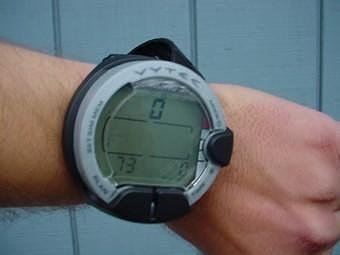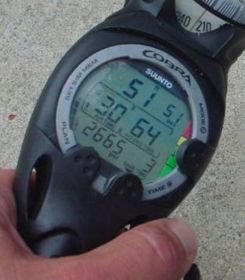Gauges
Divers carry gauges that display information such as remaining cylinder pressure, current depth, elapsed dive time, and direction of travel.
These gauges are usually held by a console that's attached to the regulator by a high-pressure hose. This minimizes confusion over where your gauges are located, and also helps prevent misplacing or forgetting your gauges.
Some divers prefer to wear gauges on their wrist, so most gauges are available with wristbands as an option.
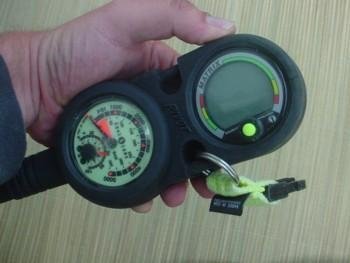
Submersible Pressure Gauge (SPG)
The submersible pressure gauge (SPG) displays your cylinder's remaining air pressure while you dive. In the United States, the display is in pounds per square inch (psi). In other countries the unit of measurement is BAR.
Air is delivered to the gauge through a hose that's connected to your regulator's high-pressure port. The inside diameter of the hose is extremely small, so if a leak develops you'll have plenty of time to make a safe ascent to the surface.
Your safety depends on your SPG's accuracy, so handle it with care. If you notice water inside the gauge, have it serviced and inspected before using it.

Depth Gauge
Another required gauge is a depth gauge. Several types of depth gauges are available, and all work by measuring surrounding water pressure and converting that pressure into the equivalent water depth.
Select a depth gauge that's easy to read in low light situations. It should also have a maximum depth needle. This needle is usually red and indicates the maximum depth you've reached during the dive.
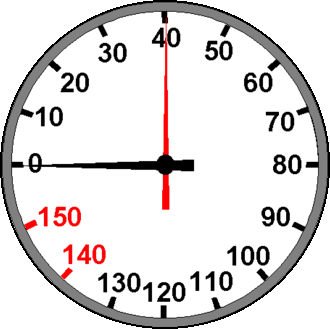
Compass
A compass is used for underwater and topside navigation. Your instructor will teach you how to navigate with a compass during your open water dives.
Compasses must be held level to provide an accurate reading. The best compasses are filled with water, which dampens needle movement and prevents the compass from breaking under the pressure encountered under water.
- Needle
- The needle points to magnetic north. This part of the compass is magnetic, so to ensure its accuracy, hold the compass away from other magnetic objects such as cylinders, dive knives, and other compasses.
- Lubber Line
- The lubber line is a fixed reference mark that indicates your direction of travel. Always hold the compass with the lubber line pointing towards the direction you're traveling to ensure the accuracy of your heading.
- Bezel
- The bezel is used to set your desired heading. Two sets of index marks protrude from the inside of the bezel. When the north arrow is aligned with the double index marks, you are traveling towards your heading. To travel back to your starting point, turn around until the north arrow aligns with the single index mark.




Dive Timing Device
You'll learn later in this course that monitoring your depth and bottom time is important for preventing an injury called decompression sickness, or the "bends." For this reason, you need to carry a timing device.
The most popular timing device is a watch. Watches for scuba diving are water resistant to a depth of at least 300 feet, and have a rotating bezel. Before descending, the bezel is rotated so that the minute hand aligns with the zero mark on the bezel. When you surface, record where the minute hand points to on the bezel, which is your dive time.
Electronic dive timers are also available. These devices automatically begin timing your dive when you descend, and stop timing when you surface. This eliminates the risk of forgetting to set your watch before descending.
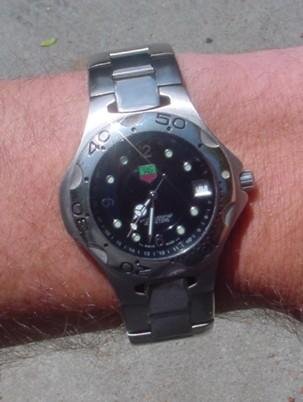
Dive Computers
A dive computer is an optional but popular device that displays at a minimum your current depth, maximum depth, bottom time, and remaining no-decompression time. You'll learn more about no-decompression times and dive computers later in this course.
Computers replace the need for a depth gauge and timing device. Some high-end computers also display your cylinder's remaining air pressure and replace the need to carry a separate submersible pressure gauge.
Other common features include a dive log, thermometer, and ascent rate indicator. If you plan on using a computer during this course, be sure to read its operating instructions and familiarize yourself with its displays and functions.
